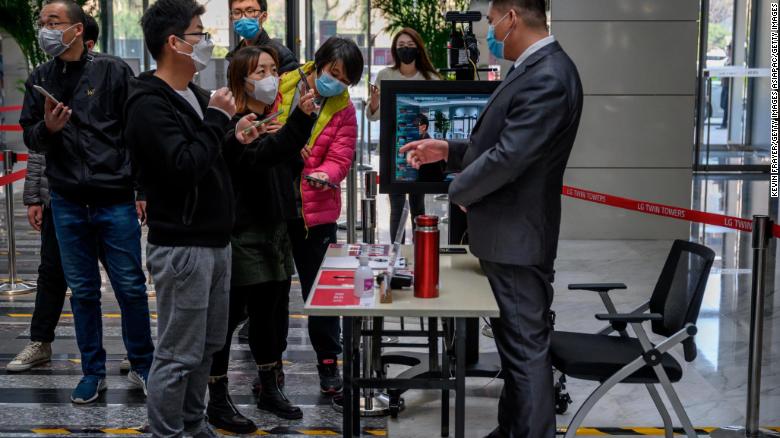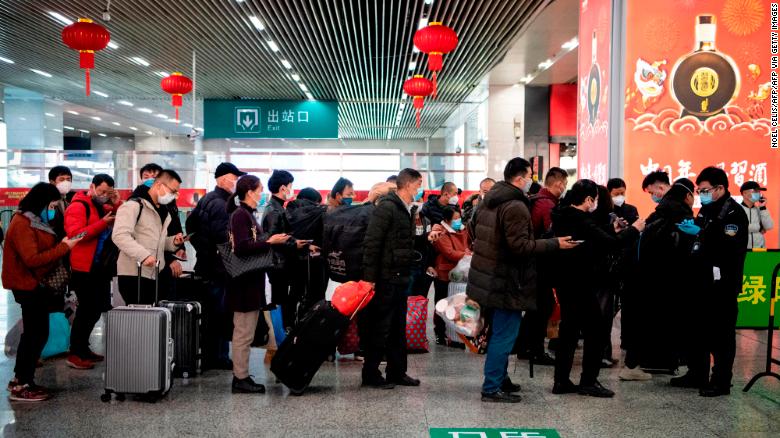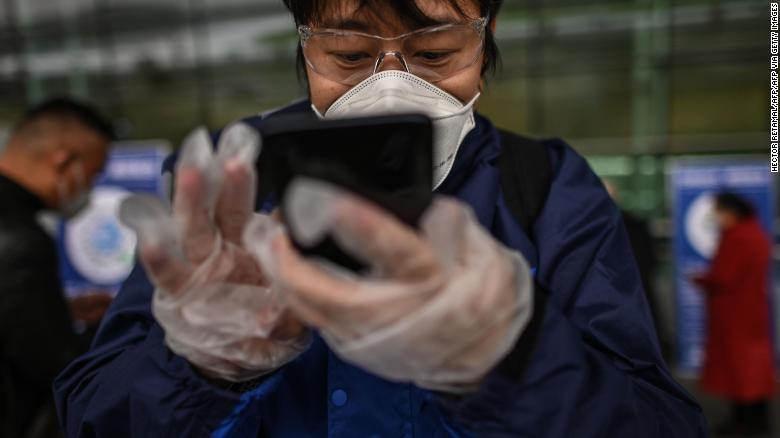
What is the green code in China
China is fighting the coronavirus with a digital QR code. Here’s how it works
Imagine your daily routine being entirely dependent on a smart phone app. Leaving your home, taking the subway, going to work, entering cafes, restaurants and shopping malls — each move, dictated by the color shown on your screen. Green: you’re free to proceed. Amber or Red: you’re barred from entry.
How does it work?
How widely is it used?
What are the problems?
Source from:
https://www.cnn.com/2020/04/15/asia/china-coronavirus-qr-code-intl-hnk/index.html


















